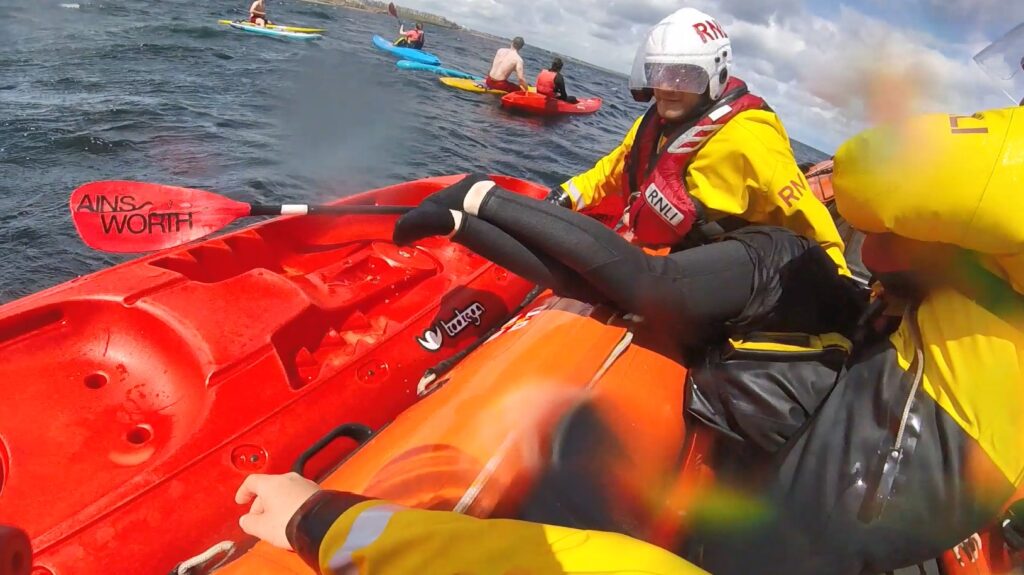The RNLI plans to end lifeboat production at its Inshore Lifeboat Centre (ILC) in East Cowes by the end of 2027, with manufacturing to be consolidated at its Support Centre in Poole, Dorset.
The proposal, which forms part of the charity’s 5-Year Plan and 2040 Lifeboat Fleet Strategy, has been communicated to staff at both Cowes and Poole sites. The change aims to centralise production and ensure long-term operational efficiency.
Established in 1963, the ILC currently produces and maintains up to 80 boats each year, including B class and D class lifeboats and lifeguard inshore rescue boats (IRBs). The All-weather Lifeboat Centre in Poole, opened in 2015, brings all stages of all-weather lifeboat construction under one roof.
The RNLI reports that use of the sea around the UK and Ireland has changed, with a sharp rise in recreational activities such as open water swimming and paddleboarding. Most rescues now take place close to shore, compared to previous decades when the focus was further offshore.
Future demand for lifeboat production is expected to fall by around one third, and the charity says it will not have enough work to justify two facilities. The ILC, as an older and smaller facility, would require an estimated £5m in capital investment to remain compliant, while Poole offers newer and larger facilities. The RNLI says these factors have been considered in the proposal to make efficient use of donor funding.
Commenting on the proposal, RNLI chief engineer and technical director Ross Barraclough says: “Use of the sea around the UK is changing — our data shows 98 per cent of all RNLI rescues now are within 10 nautical miles of the shore compared to years ago when demand was for commercial fishing further offshore. For us to continue delivering our core purpose of saving lives at sea, the charity needs to evolve and respond to the changing demand on our service.
“Our 2040 Lifeboat Fleet Strategy determines what is needed to ensure we have the right lifeboats in the right locations to continue saving lives into our third century. In response, we need to ensure we can build these boats in the most efficient way, adapting our production delivery to make sure we continue to use our supporter’s money wisely and operate sustainably.
“This change in need represents a major shift in demand for our production teams, with an anticipated reduction of around 82,000 production hours and whilst it is a difficult decision we need to consider proposals that will reduce our future footprint and cost base.
“I fully recognise the dedication and commitment of our Inshore Lifeboat Centre team and understand the impact of this proposal on not only themselves but the wider RNLI family on the Isle of Wight. We will be working closely with them over the next few months to discuss options within this proposal and support individuals.”
A final proposal is expected in 2026, followed by a formal consultation process.
The RNLI operates 238 lifeboat stations across the UK and Ireland and over 240 lifeguard units on beaches in the UK and Channel Islands. Founded in 1824, the charity provides a 24-hour search and rescue service and depends on voluntary donations and legacies to continue its work. Its lifeboat crews and lifeguards have saved more than 146,700 lives since its foundation.
The post RNLI to end lifeboat production at East Cowes amid changing sea usage appeared first on Marine Industry News.



Leave a Reply